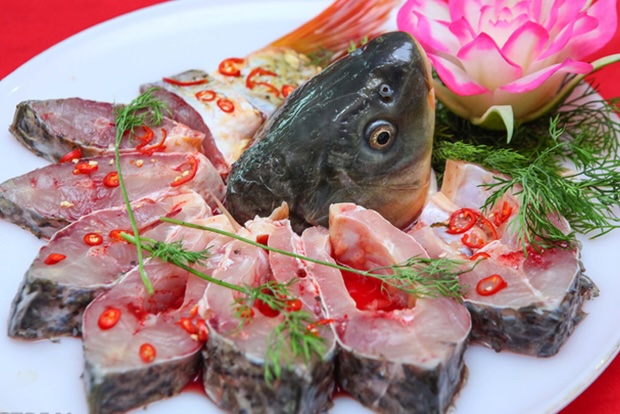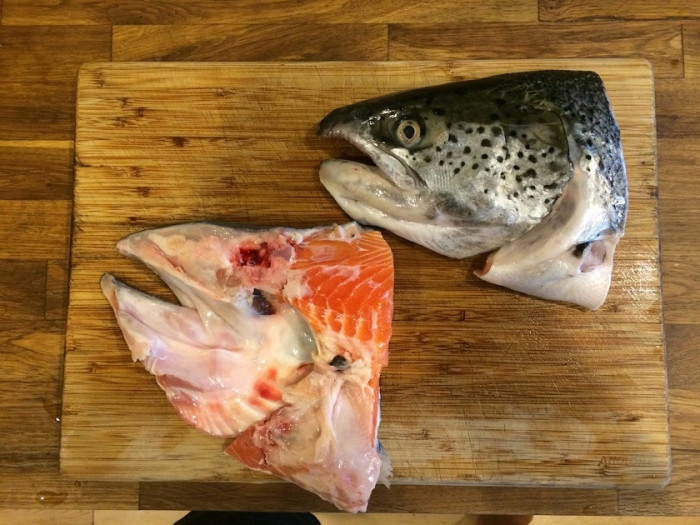According to Dr. Nguyen Trong Hung, a prominent scholar from the National Institute of Nutrition, fish is an excellent source of nutrition and should be a regular part of a healthy diet. He emphasizes that fish provides not just protein but also a wide range of essential vitamins and minerals, particularly omega-3 fatty acids.
While fish does contain a relatively high amount of fat, it is the good kind. This fat is beneficial for cardiovascular health and differs from the fat found in other animals, which can lead to weight gain and adverse effects on heart health, resulting in elevated blood lipid levels.
However, despite the numerous health benefits of fish, experts caution that consumption should be approached with care. Farmed fish, for instance, may be fed industrial feed and live in muddy conditions, increasing the risk of heavy metal contamination, especially in areas with polluted soil and water.

Despite the benefits, experts advise caution when consuming fish due to potential contaminants.
Professor Nguyen Duy Thinh, a former lecturer in Food Technology at the University of Technology, agrees that heavy metal contamination in fish is unavoidable, especially for bottom-feeding and omnivorous species.
According to Mr. Thinh, while small amounts of heavy metals may be present in the fish’s flesh, they tend to concentrate in specific parts. Therefore, proper fish preparation and avoidance of consuming these specific parts are crucial.
Contrary to popular belief, Mr. Thinh asserts that the gallbladder and intestines are not the dirtiest parts of the fish. Instead, he points to the head, particularly the gills, as the dirtiest and most likely to contain high levels of heavy metals. Gills, being the respiratory organ, easily absorb and accumulate these metals when exposed to polluted environments. Thus, it is essential to remove the gills during fish preparation to minimize any remaining toxins.

The head and gills of the fish are the dirtiest parts and pose the highest risk of heavy metal contamination.
In addition to the gills, Mr. Thinh recommends removing the belly membrane, whether black or white. This membrane, separating the viscera from the flesh, harbors a high concentration of toxins and has an unpleasant odor.
According to Mr. Nguyen Duy Thinh, a food technology expert, the fish viscera can be consumed if thoroughly cleaned. In particular, the liver and roe offer significant health benefits. However, the intestines require meticulous cleaning, including the removal of any internal mucus, as they are the digestive tract and are likely to retain chemicals from fish feed.

Removing the gills during fish preparation helps reduce residual toxins.
Regarding the internal fat of the fish, Mr. Thinh assures that it is safe to consume and does not pose the same health risks as the internal fat of larger animals. However, he emphasizes that the fish must be fresh. Once the fish dies, the viscera can quickly decompose, and bacteria from the intestines can contaminate the fat, leading to potential food poisoning if consumed.
Mr. Thinh also notes that for optimal health benefits and food safety, steaming, boiling, or making soup are the best cooking methods for fish. While fish meat is easily digestible, frying it at high temperatures with excessive oil can alter the beneficial compounds and lead to adverse health effects.


































